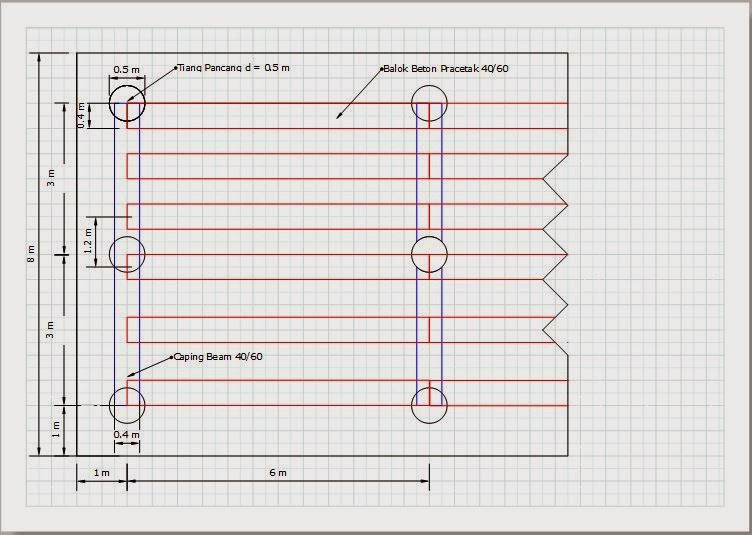Welding Of Field Segmented Induction Bends And Elbows For Pipeline Construction
Welding Of Field Segmented Induction Bends And Elbows For Pipeline Construction
The overall goal of a recently completed joint industry project (JIP) was to develop practical guidelines for using segmented induction bends and long-radius elbows for onshore pipeline construction and to identify practices which should be avoided.
The need to use segmented induction bends and elbows can arise for a variety of reasons during construction of new pipelines or during pipeline repair and maintenance activities. For example, bends having a tighter radius than can be accomplished by cold field bending may be required to accommodate abrupt directional changes. While some tight-radius directional changes can be accommodated by ordering induction bends with specific bend angles, the specific bend angles required are not always known prior to construction.
The JIP had three main objectives. The first was to develop guidance regarding the specification and purchase of segmentable induction bends and elbows. The second was to develop guidance for field construction practices.The third objective was to evaluate the use of in-line caliper and deformation tool data to identify areas of concern in existing pipelines. The sponsors of this JIP have agreed that it is in the best interest of the industry to share the results with the general public. Links to the final reports for Phase 1 and Phase 2 are provided above. A report pertaining to Phase 3 will be provided at a later date.
The JIP had three main objectives. The first was to develop guidance regarding the specification and purchase of segmentable induction bends and elbows. The second was to develop guidance for field construction practices.The third objective was to evaluate the use of in-line caliper and deformation tool data to identify areas of concern in existing pipelines. The sponsors of this JIP have agreed that it is in the best interest of the industry to share the results with the general public. Links to the final reports for Phase 1 and Phase 2 are provided above. A report pertaining to Phase 3 will be provided at a later date.
In Phase 1 of this work, the manufacturing methods, capabilities, and limitations of induction bend and elbow manufacturers were evaluated during visits to manufacturing facilities. Pertinent industry standards and related pipeline company specifications were reviewed. The information was summarized and used to develop examples of generic purchasing specifications for both segmentable induction bends and manufactured elbows. Annotations in the specifications describe the source of key content and highlight content specifically related to segmentability.
In Phase 2 of this work, optimal methods for mapping, cutting, beveling, and transitioning induction bends and elbows were developed. Recommended practices for welding in the field and for a variety of related issues were also developed. The information was summarized and used to develop a generic specification for segmenting and welding of induction bends and elbows.
Source : http://www.dnvusa.com/resources/reports/WeldingofFieldSegmentedInducion.asp. January 2015


Komentar
Posting Komentar